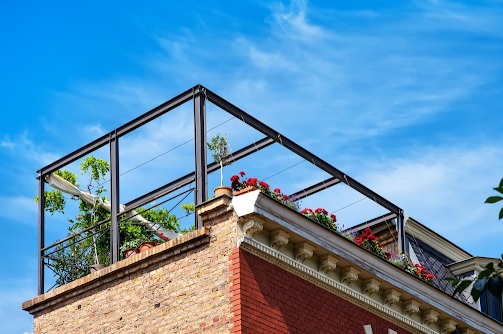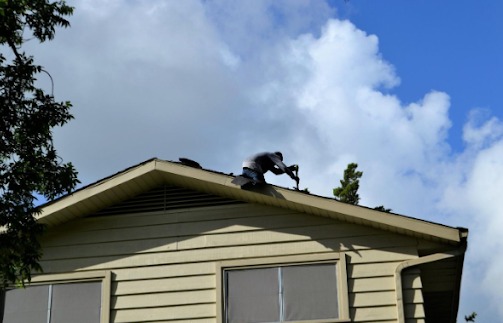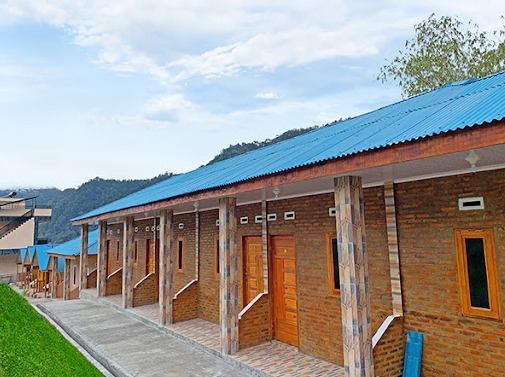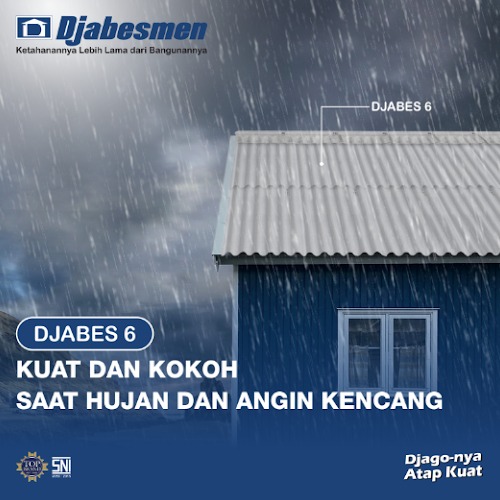Roof Resilience: How to Ward Off Moss and Fungus Growth

As a vulnerable part of your home is exposed to the elements, the roof becomes an ideal breeding ground for moss and fungus. This growth can wreak havoc on the roof’s structure if left unchecked. That’s why it’s crucial to nip moss growth in the bud before it escalates.
Beyond causing physical damage, moss and fungus can also mar the visual appeal of your home. So, dive into the factors that lead to their proliferation and discover effective ways to keep them at bay. Your roof deserves protection, and we’ve got you covered!”
Unmasking the Culprits: The Enigma Behind Moss and Fungus on Your Roof
One must first delve into its origins to unlock the secrets of effective moss prevention. From damp and humid regions to subpar roofing materials, Let’s unravel the primary culprits responsible for moss invasion:
- Houses Located in Humid Areas
Regions with high humidity levels are the perfect breeding grounds for moss and fungus. In such moist conditions, moss and fungus spores can easily attach and begin to grow aggressively.
- Frequent Rainfall Conditions
Rain can cause the roof surface to become wet. That’s why areas with high rainfall patterns create a humid environment that moss and fungus highly favor.
- Roof Damage
Furthermore, it turns out that roof damage can also trigger the growth of moss and fungus. When there are cracks, scratches, or gaps on the roof, these areas can trap moisture, providing an enticing environment for moss and fungus spores to thrive.
- Neglected Roof
A poorly maintained roof that rarely receives cleaning and care becomes more susceptible to moss and fungus growth. Accumulated dirt or leaves on the roof nourish these organisms’ flourishing.
Furthermore, moisture becomes trapped within the debris pile if the roof is not cleaned regularly. This creates an ideal environment for moss and fungus to thrive.
- Neglecting Preventive Measures
Even if you live in a humid or high rainfall area, taking appropriate preventive measures can help protect your roof from moss and fungus organisms. It’s best not to ignore preventing moss and fungus growth, as the risk of their proliferation will only increase.
- Porous Roofing Materials
The choice of roofing material also plays a significant role in moss and fungus growth rates. Porous roofing materials, such as clay or concrete tiles, have surfaces that readily absorb water.
Consequently, the roof’s surface struggles to dry quickly due to trapped moisture. Roofs from clay, concrete, or other porous materials are more prone to moss infestations.
Shielding Your Roof: Top Tips to Prevent Moss and Fungus Growth
So, how can you prevent moss and fungus from growing on your roof? Based on the various contributing factors mentioned above, you can try some alternative prevention methods.
- Trim Trees Around the Roof
One of the causes of moss and fungus growth on the roof is the moisture in the surrounding area. A significant contributor to excessive moisture is trees too close to the roof.
Trimming trees close to the house is essential to prevent moss growth on the roof. Overgrown trees can lead to a buildup of leaves and branches.
The accumulation of leaves and branches results in excess moisture and prevents sunlight from reaching the roof’s surface. By trimming dense trees, you ensure that the roof receives sufficient exposure to sunlight. This helps to keep the roof dry and less favorable for moss and fungus to thrive.
- Repair Damaged Roof Sections
A roof with cracks or gaps can be the entry point for rainwater and humid air, creating an environment conducive to moss and fungus growth.
Hence, it is crucial to promptly repair any damaged roof areas to prevent these organisms from proliferating. Additionally, fixing the damaged roof sections can help prevent more severe issues from arising.
- Regular Roof Cleaning
Regularly cleaning your roof is crucial in preventing moss and fungus growth. Debris, such as leaves, branch fragments, dust, and more, serve as nutrients for these organisms.
Moreover, periodic roof cleaning helps prevent a humid environment caused by accumulated debris, effectively curbing moss and fungus growth.
If moss and fungus have already taken hold, using a high-pressure sprayer is the best way to clean and eliminate them. Also, don’t forget to use appropriate soap and cleaning agents.
- Clean the Gutters
While cleaning the roof, don’t forget to attend to other related components, such as the gutters. Dirty or clogged gutters can accumulate debris and create a moisture-friendly environment for fungus growth.
Therefore, it is essential to clean the gutters regularly to ensure smooth rainwater flow and prevent the development of a humid environment that could cause harm.
- Apply Moss and Fungus Preventive Agents
Once cleaned, it is advisable to apply specific materials or products to prevent moss growth. Here are some alternative products you can use:
- Clear Coating
Clear coating is a transparent layer that can be applied to the roof surface to protect it from the growth of organisms like moss and fungus.
One example is the acrylic solvent-based coating, which provides durability and resistance to extreme weather conditions. This coating makes it difficult for moss and fungus spores to adhere to the surface when applied.
- Hydrogen Peroxide
Another recommended product to prevent moss growth is a chemical compound called hydrogen peroxide. To apply, mix this substance with warm water and let it sit for 15 to 30 minutes.
Afterwards, dissolve the mixture and evenly spray it onto the roof’s surface. Hydrogen peroxide possesses anti-fungal properties and can aid in cleaning the roof from already-established moss spores.
- Copper Wire
The final alternative to prevent moss and fungus growth is copper wire. This wire can be installed horizontally with slightly protruding ends to expose it to rainwater.
When it rains, copper dissolves and flows onto the roof’s surface. Copper is known to be toxic to moss, making it an effective method to hinder its growth effectively.
- Use Moss and Fungus Resistant Roofing Materials
Lastly, one of the most effective preventive measures is choosing roofing materials resistant to moss and fungus growth. Avoid porous materials like clay or concrete that create an ideal environment for these organisms to thrive.
Instead, opt for roofing materials resistant to moss and fungus, with a stronger structure to avoid easy damage. One of the best alternatives is a fiber cement roof.
Among the abovementioned methods, moss-resistant roofing is a highly recommended alternative for preventing moss growth. You can consider trying Djabesmen’s fiber cement roof, which is durable, weather-resistant, and moss-resistant.

Djabesmen Regains Top Brand No.1 Award for the Tenth Time
Djabesmen Won Top Brand Award
Read Post arrow_right_alt

Tips for Creating a Rooftop Garden
Planning to create a rooftop garden? Discover these valuable tips to elevate its charm and allure!
Read Post arrow_right_alt

Roof Repair Solutions for Urgent Situations
Here are some tips and emergency roof repair techniques that you can implement in critical conditions.
Read Post arrow_right_alt

Here are the Reasons Why Roofs Are Made with Corrugations
Why are roofs made with corrugations? Learn about its rationale and various benefits!
Read Post arrow_right_alt












